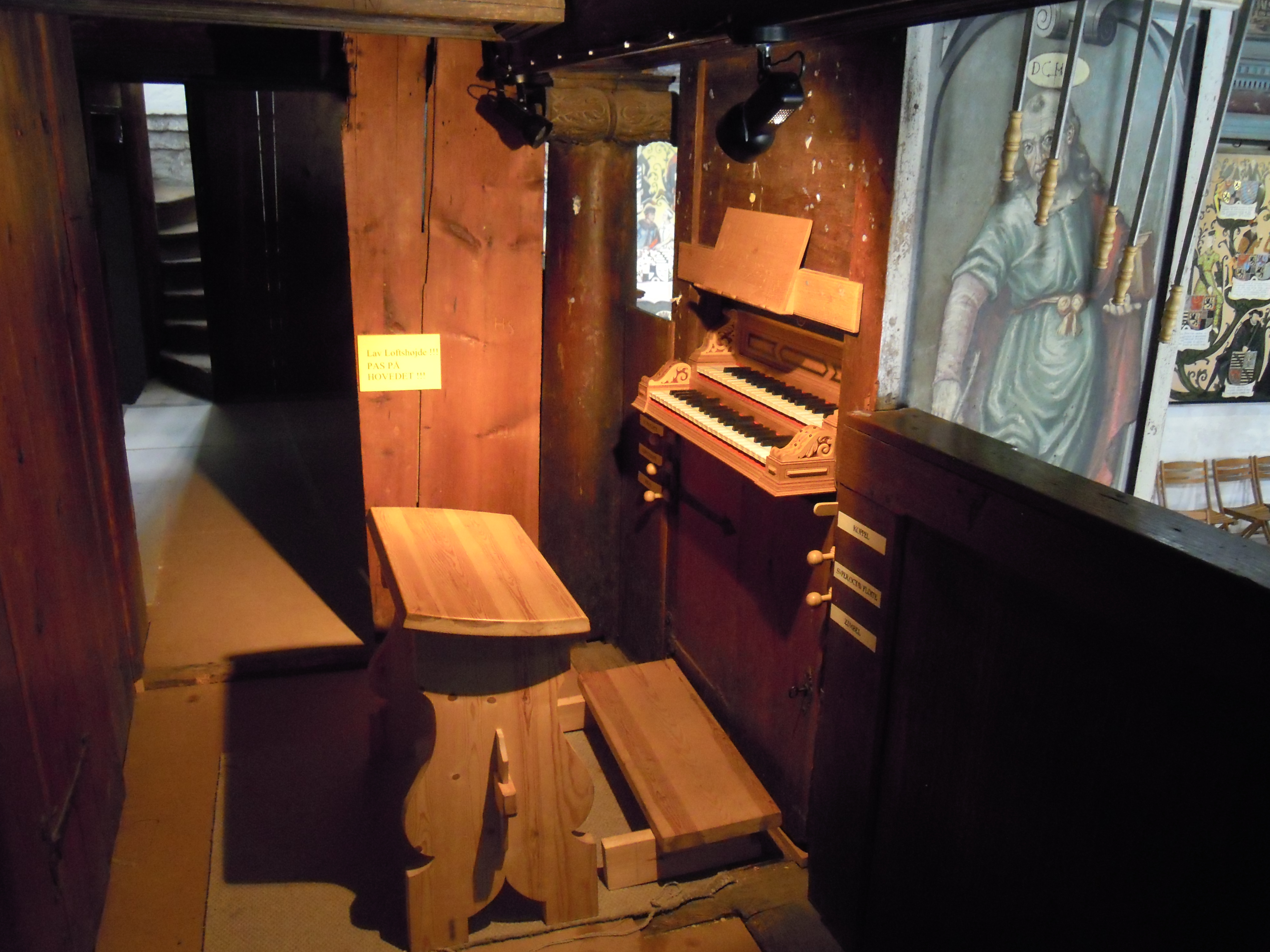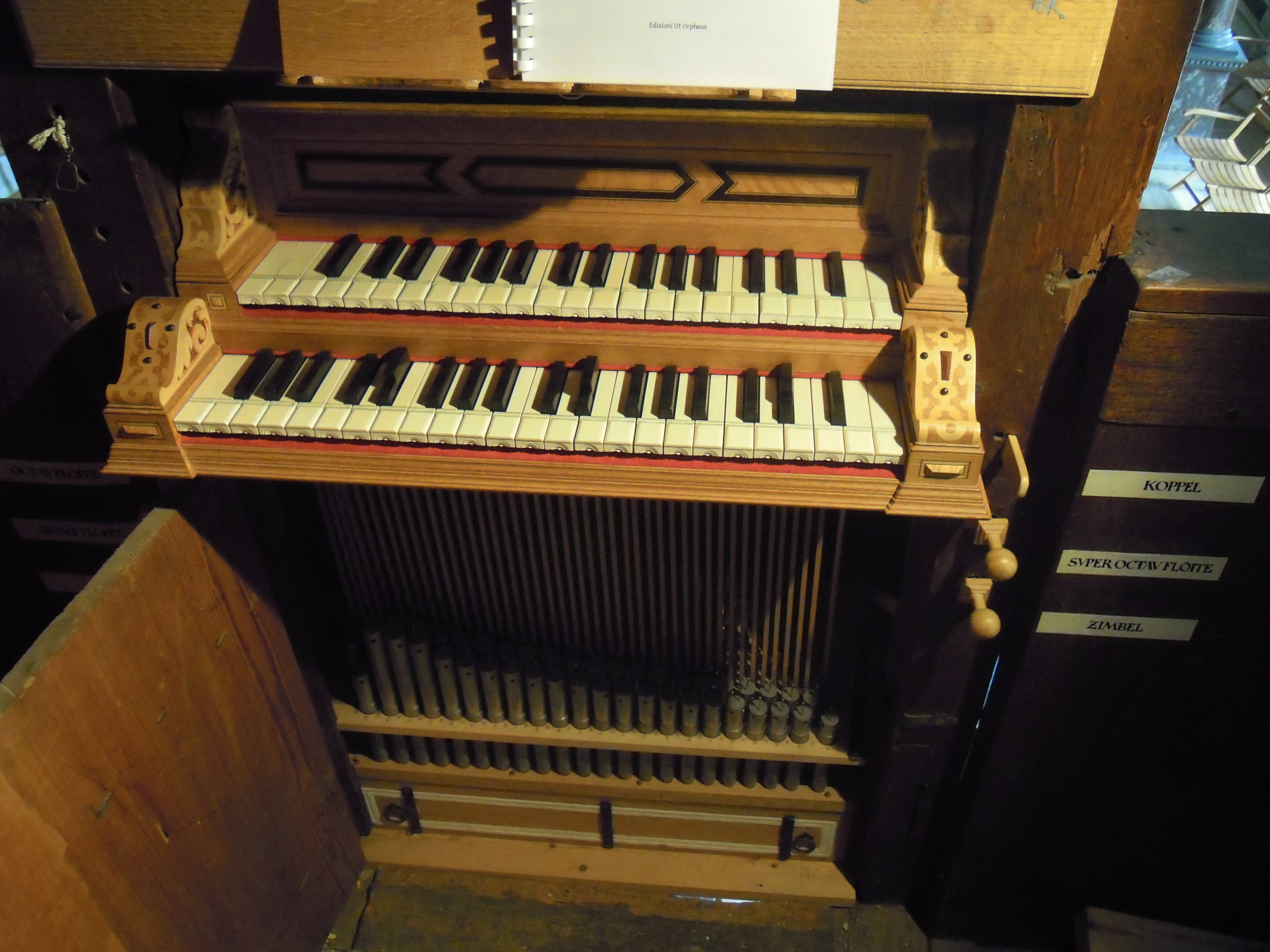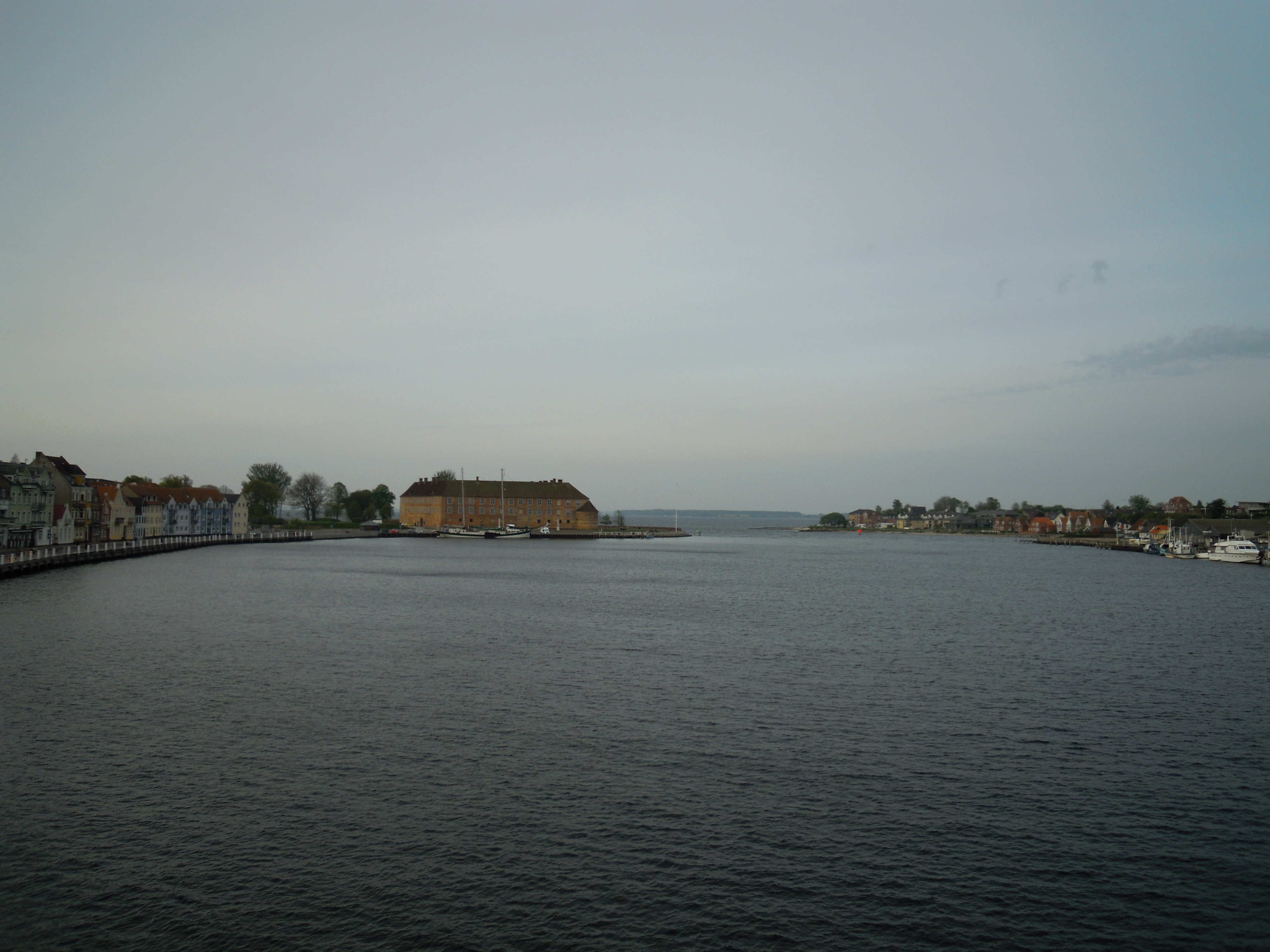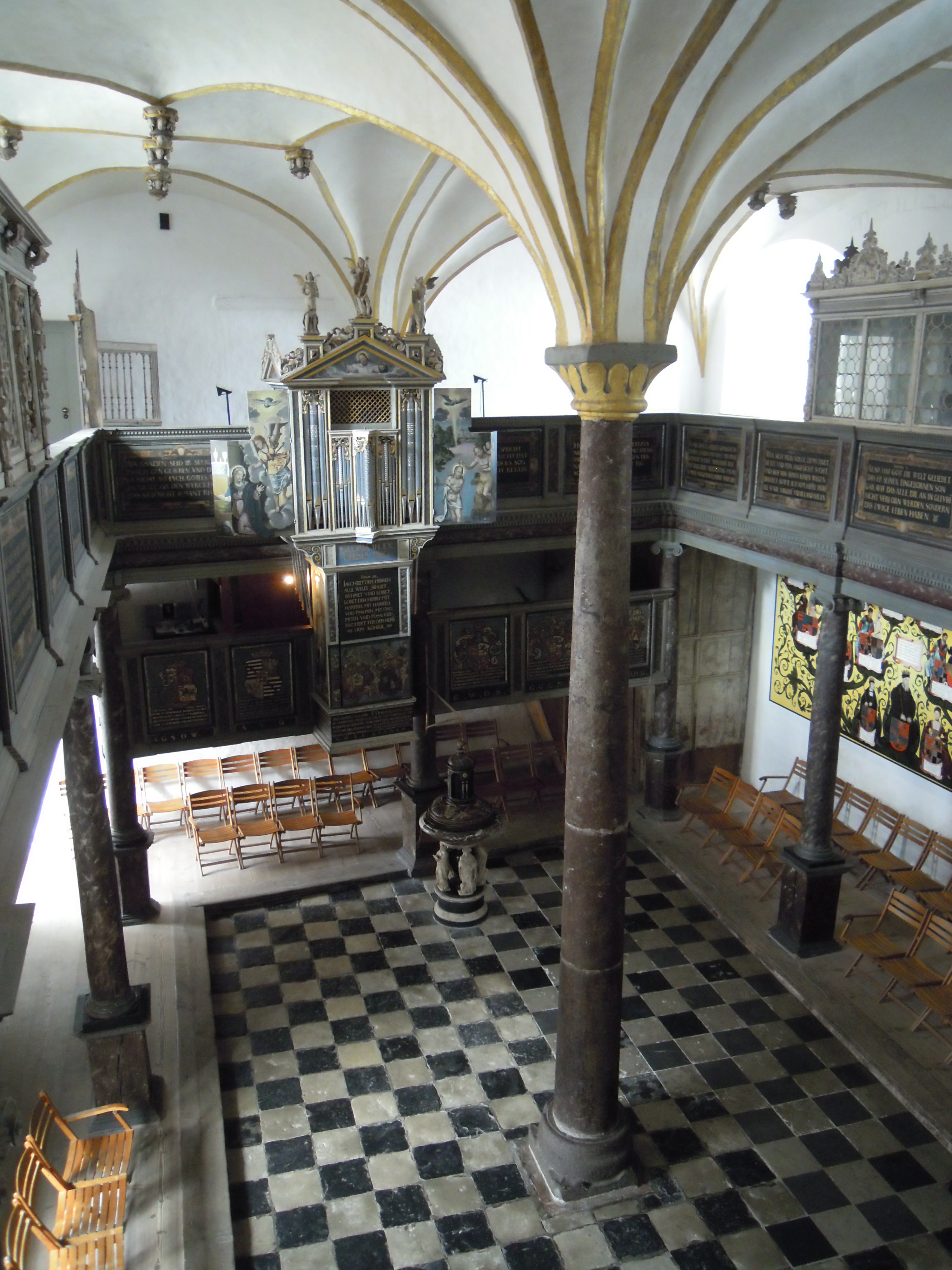Sønderborg, Sønderborg Slot
| Builder | H. Raphaëlis |
|---|---|
| Year | ca. 1570 |
| Period/Style | Renaissance |
| Stops | 14 |
| Keyboards | 2 |
| Keyaction | tracker/mechanical |
| Tuning | 1/4 Comma Meantone at 625 Hz |
The Sønderborg Castle Chapel in Denmark houses a unique Renaissance organ, originally built around 1570 by Dutch organ builder Hermann Raphaëlis. The castle, dating back to 1170 and expanded over the centuries, became a Renaissance castle in 1550 under King Christian III and Queen Dorothea, who established a Protestant chapel there. The organ, initially installed on the chapel's ground floor, was moved to its current position in 1626. Bartholomeus (?) later enlarged the instrument in the 17th century, adding a positive division in the basement.
The organ, considered old-fashioned and neglected for over 300 years, suffered vandalism during the castle's use as a hospital and prison in the 19th and 20th centuries. In the 1990s, expert organ builder Mads Kjersgaard undertook a restoration project, completing it in 1996. This organ is now the world's only surviving example of a transposing organ, tuned a fourth above (a1=625Hz, meantone temperament). It has no pedalboard, two manuals with different compasses, and features stops such as Principal 6, Grob Gedact 6, and Trompet 8. The organ's unique sound and historical significance make it a valuable artifact of Renaissance musical heritage.
The organ, considered old-fashioned and neglected for over 300 years, suffered vandalism during the castle's use as a hospital and prison in the 19th and 20th centuries. In the 1990s, expert organ builder Mads Kjersgaard undertook a restoration project, completing it in 1996. This organ is now the world's only surviving example of a transposing organ, tuned a fourth above (a1=625Hz, meantone temperament). It has no pedalboard, two manuals with different compasses, and features stops such as Principal 6, Grob Gedact 6, and Trompet 8. The organ's unique sound and historical significance make it a valuable artifact of Renaissance musical heritage.
| Positiv | Oberwerck |
|---|---|
| Octav Flöite 3' | Principal 6' |
| Super Octav Flöite 1 ½' | Grob Gedact 6' |
| Qvint Flöite 1' | Qverpfeife 6' (treble) |
| Zimbel I | Octava 3' |
| Regal 6' | Nachthorn 3' |
| Super Octava 1 ½' | |
| Sedecima ¾' | |
| Mixtur II | |
| Trompet 6' |
https://riccardo-gnudi.blogspot.com/2023/12/sonderborg.html
 Pipe Organ Map
Pipe Organ Map



